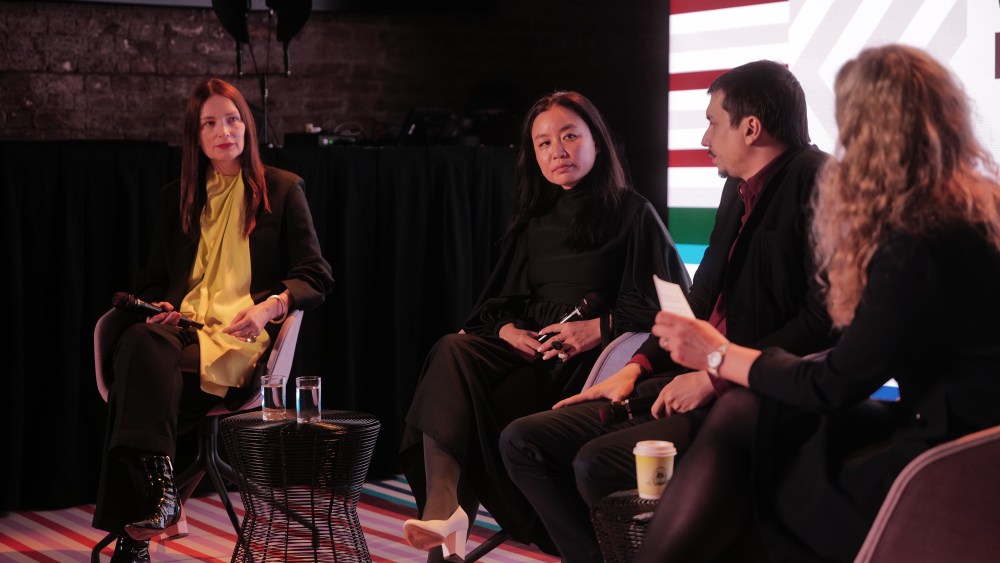LONDON — Globally the female workforce is a growing one.
In Europe and the U.S., more women are taking on leadership roles and opening spaces for other women, while in the Middle East, the conversation is steadily taking form.
During a SXSW panel discussion with WWD at the Sadu House in East London on Thursday, London-based designers Roksanda Ilinčić and Edeline Lee shared what it means to be female-led businesses in the current climate as Ammar Bogari, general manager of strategy, policies and business development at the Saudi Fashion Commission, laid out his strategy and ambitions to encourage more women to join the workforce.
In 2012, the Saudi Arabian government looked to bring more women into the workforce, but for many companies, it was a subject that was dealt with delicately.
Ammar Bogari
Bogari, who was a regional sales manager at The Body Shop from 2012 to 2014 took a leap of faith by taking on 1,500 female employees who had never worked in retail before.
“The turnover was high, but it was a process we had to go through a few times to get it right. As humans we tend to resist change in the beginning because of uncertainty, but once we embraced the change, we saw wonderful results,” he said.
Since 2018, when Saudi Arabia lifted the ban on women driving, the female employment rate has increased from 22 percent in 2018 to 34 percent in 2022.
When Bogari was in charge, he was overseeing six area managers and when there was a vacancy, he decided to give it to a female worker with less experience.
“The female area manager almost doubled the sales quarter percentage because she knew how to talk to her employees and she was part of this new change. Today, when I go back to visit, 80 percent of the area managers are female,” he said.
At the Saudi Fashion Commission, Bogari has brought with him the same mindset. The organization is made up of 10 leadership positions, 60 percent of which are held by women.

Roksanda Ilinčić, Edeline Lee, Ammar Bogari and Samantha Conti.
COURTESY
Ilinčić revealed that her business is led by women and that the only way to push past barriers is to invest in the female workforce and embrace other women.
“In terms of being a creative director, just in Europe, 90 percent of creative directors are male, who are making women’s fashion. Somehow women are not in those positions and there’s no equilibrium, it’s the mindset that has to change,” she added.
When Ilinčić started her business in 2005, her motto was “women designing for women” and she worked to create dynamic pieces for busy women’s wardrobe, helping them in their day-to-day life.
“I used to study architecture and when designing homes and houses, there’s an element of sheltering and protecting — I wanted to take that approach with my garments, there’s an emotional and mental connection when you’re wearing them,” she said.
The Canadian British designer Lee has rooted her designs in making women feel good. Her clients include the Princess of Wales and Britain’s First Lady Victoria Starmer.
“I make clothes for what we call the future lady,” she said.
Lee started her business after becoming a mother in 2014 because it was the easiest way for her to continue working in the fashion industry on her own schedule.
She controls her own production unit and manufacturing, which has allowed the designer to build from the ground up.
“The fashion manufacturing industry is not very alive in the U.K. and therefore it means we actually have to train our people into the workforce. It’s about conscious change and putting effort into doing things differently,” Lee said.
She added that she sees herself more as a dressmaker and putting the work into the craft and into the client’s needs.
“I’m providing and helping women to find the tools to present themselves in the way they need to at whatever moment of their lives,” Lee said. “We see clients every single day in the studio and it’s really working out who they want to be, what they want to present and then how to make them comfortable doing that.”


